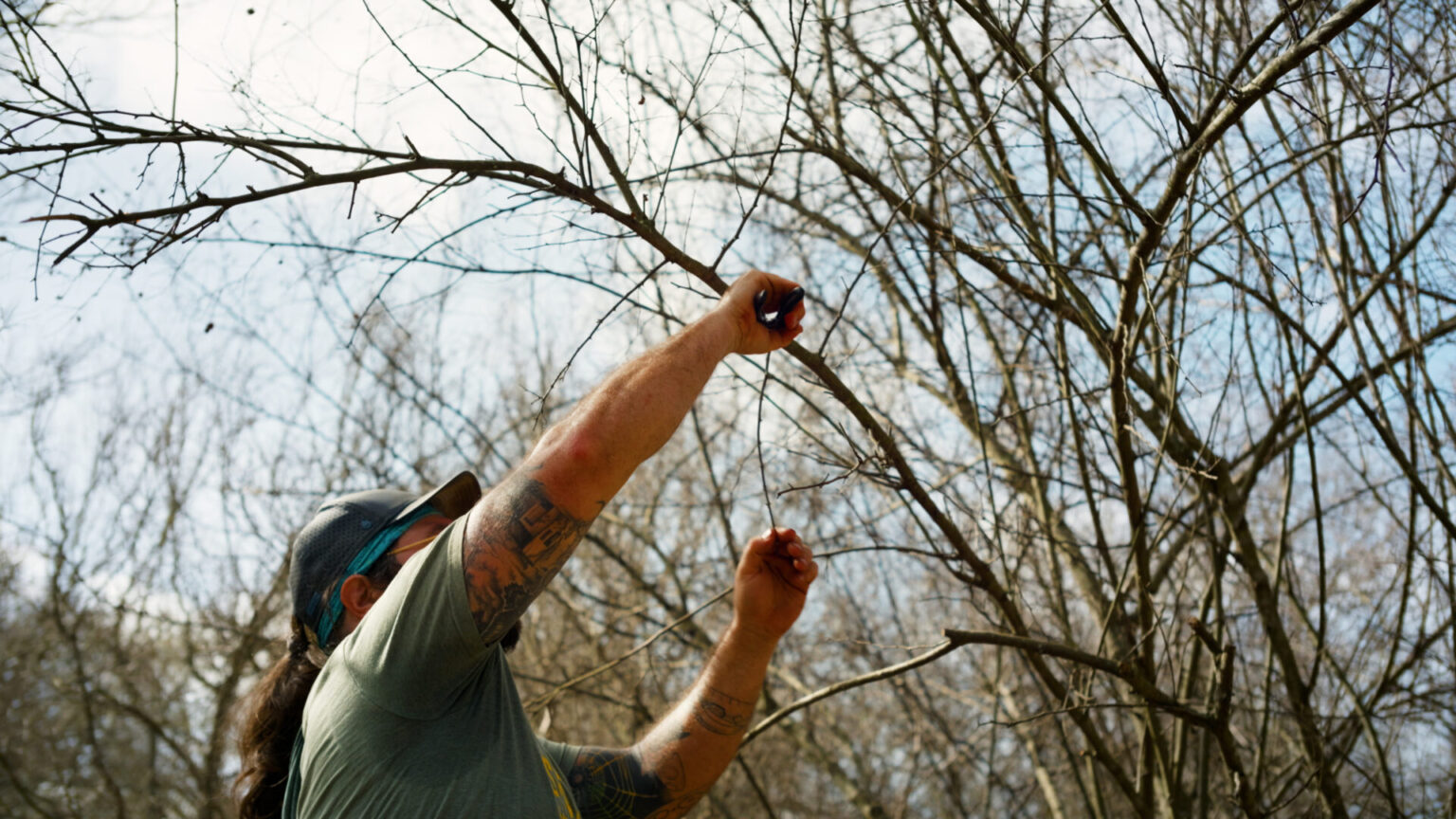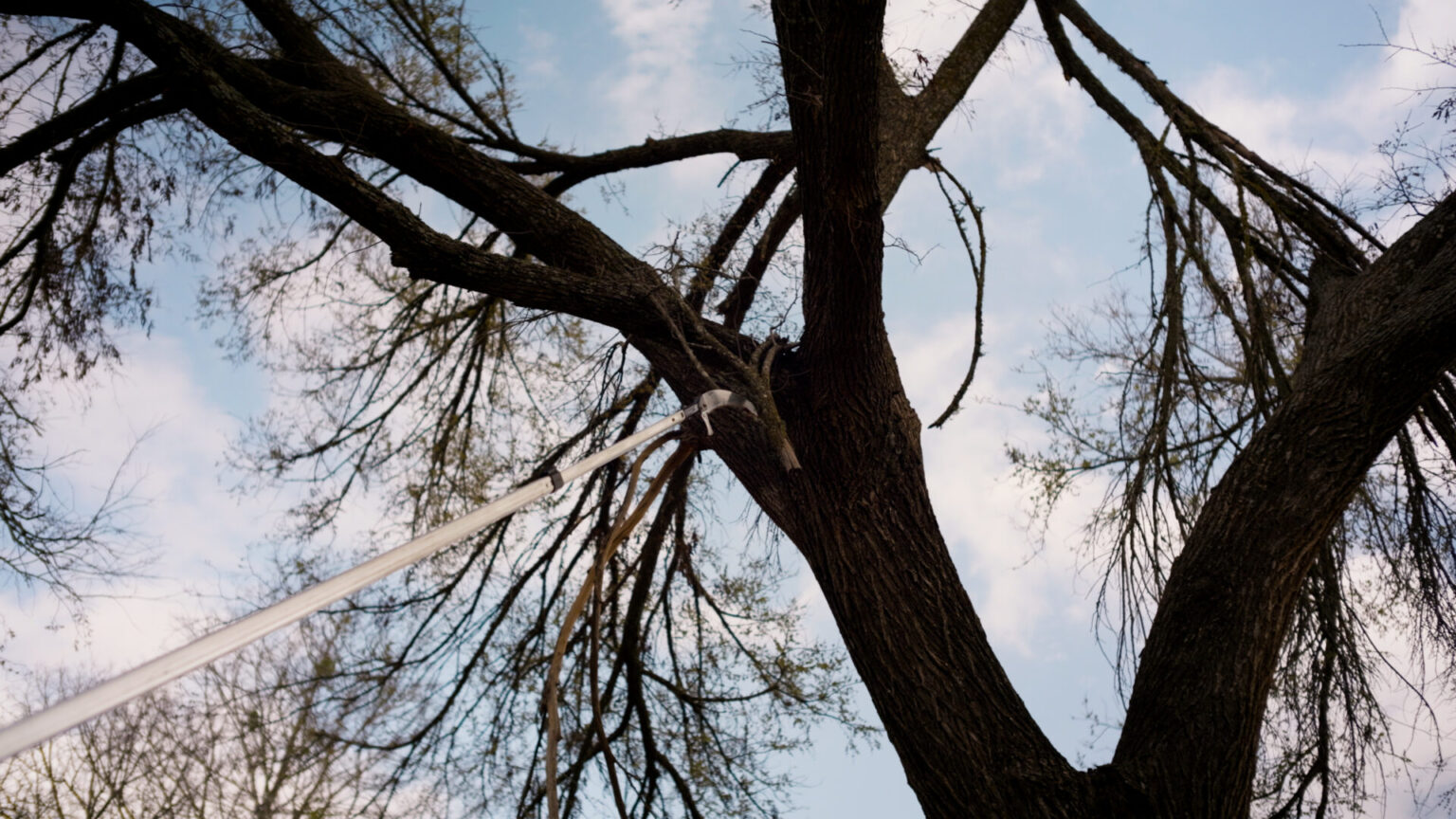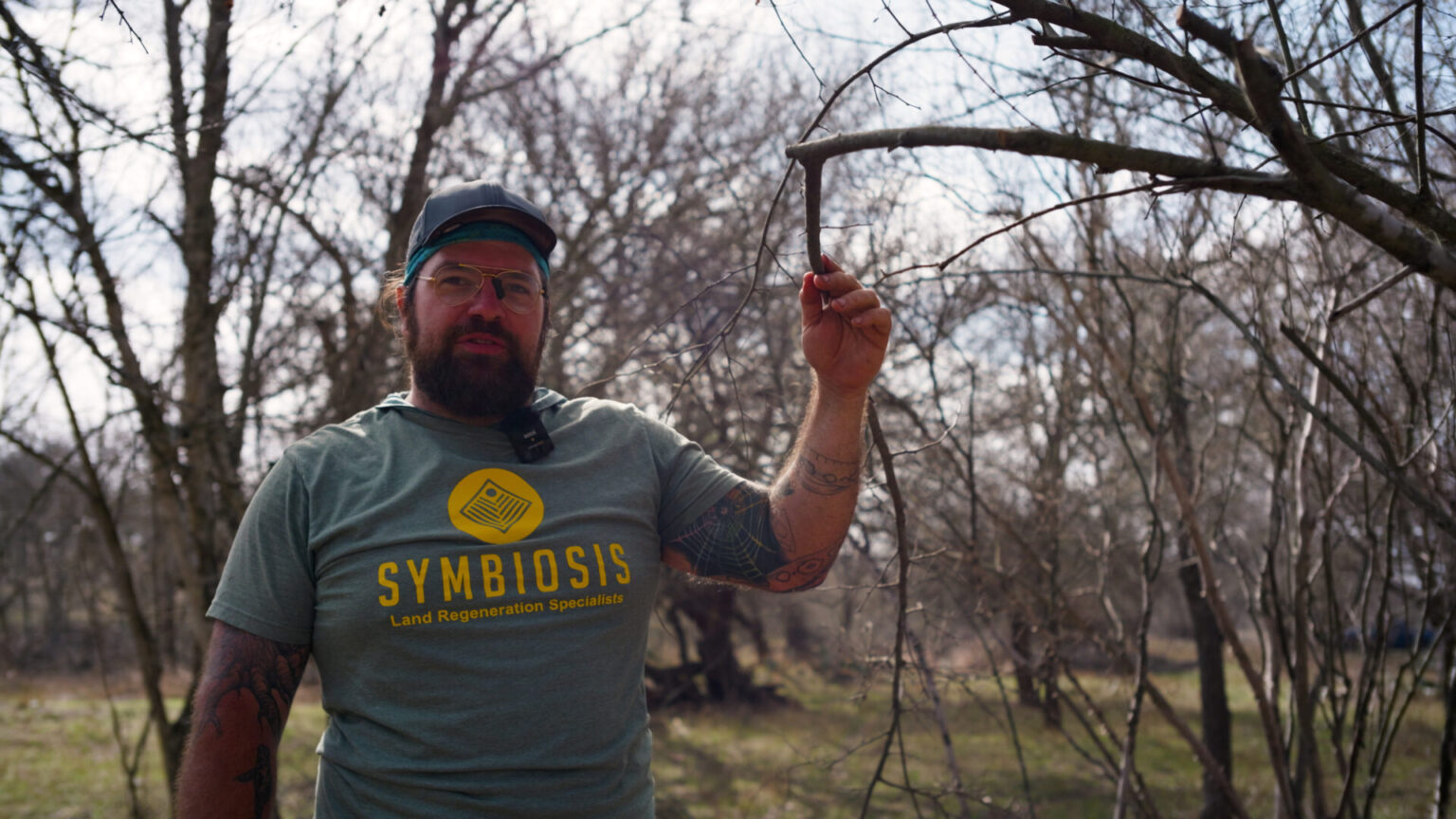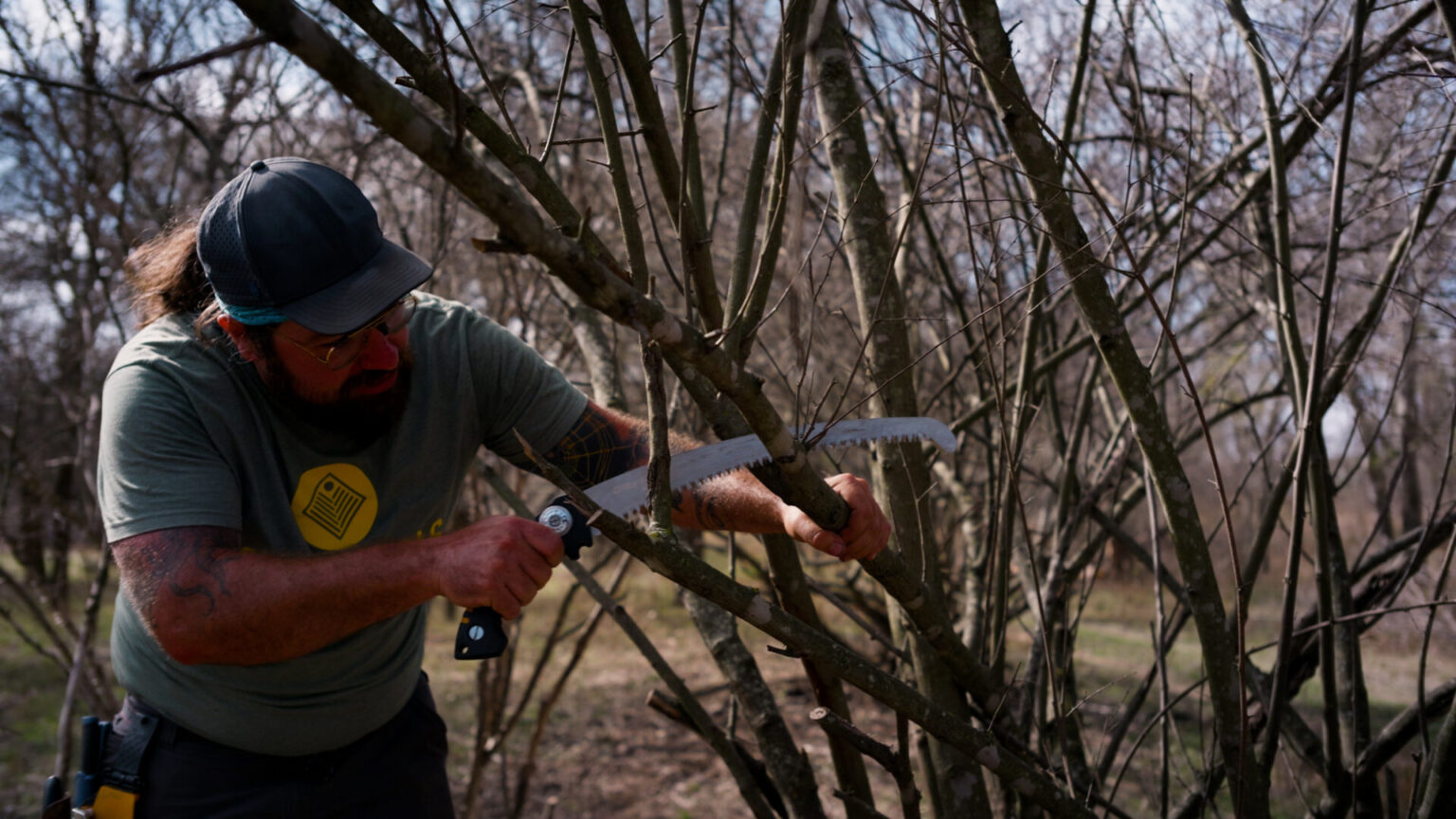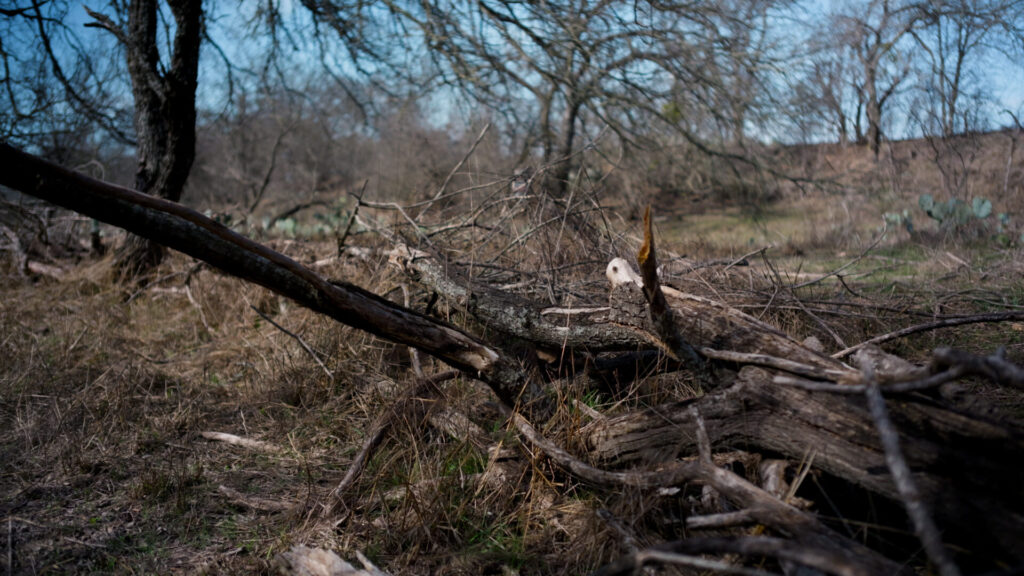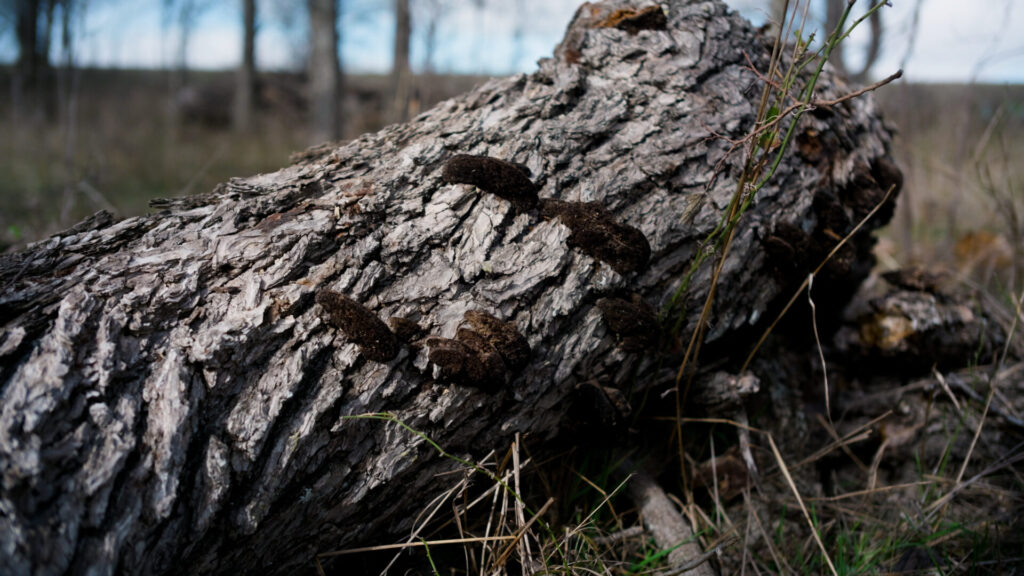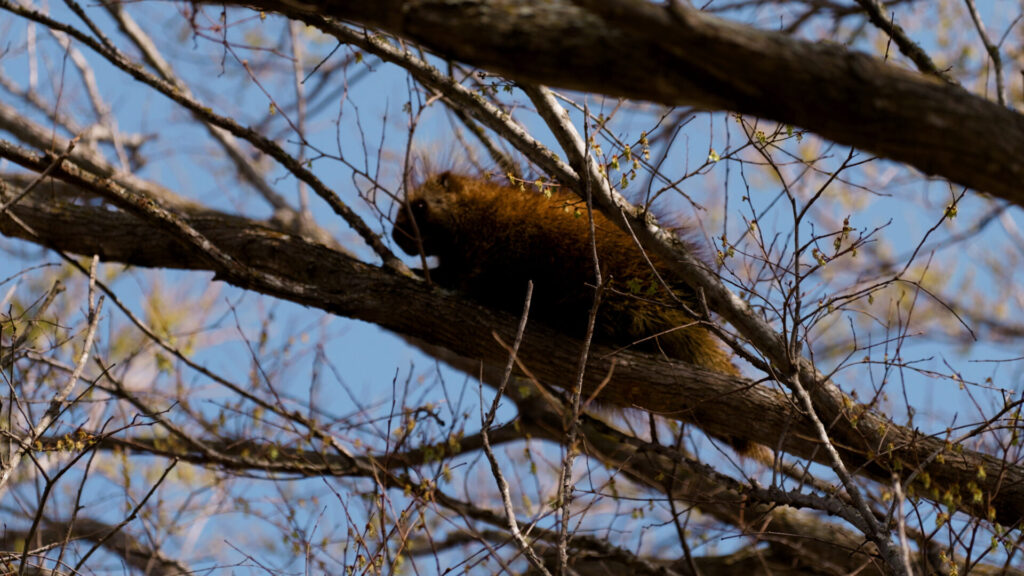Howdy, Central Texas!
At Symbiosis, we deeply care about seasonal land care and its critical role in maintaining the health of our land and forest ecosystems. Ecoforestry plays a vital role in this process, ensuring that land management aligns with natural cycles to promote sustainability. Each season presents unique opportunities and challenges for land care, and in Central Texas, following the natural rhythms of the seasons can make all the difference. By doing the right tasks at the right time, we can avoid the discomfort of working under the brutal summer heat and instead tackle more labor-intensive tasks during cooler, more temperate months.
One of the best examples of this is ecoforestry, a practice that is essential for healthy forests. In Central Texas, winter and summer are the prime seasons for forestry work, and for good reason. By performing this work in these seasons, we can avoid the risks of tree diseases like oak wilt, which are more prevalent in spring and fall when insects are most active. This makes winter and summer the best time for ecoforestry and ecological forest management because of the sanitary conditions they provide for both the trees being cut and the overall health of the forest ecosystem.
Practicing ecoforestry in the right seasons helps maintain biodiversity, prevent disease, and create a thriving, well-balanced landscape. By understanding the best times for forestry work and implementing sustainable methods, we can ensure that Central Texas forests remain healthy and resilient for generations to come.
Why Winter is the Best Time for Ecoforestry
When it comes to ecoforestry, timing is everything. Performing ecoforestry in the wrong seasons can damage your trees, and the risks are high when it comes to tree health. However, winter presents a unique opportunity for ecoforestry because of several key factors:
- Temperatures: The cooler temperatures make winter work easier and healthier. We face fewer risks from heat stress, and the absence of excessive heat allows for longer working hours.
- Fewer Pests: In winter, we encounter fewer insects, such as the beetles responsible for spreading oak wilt. This creates a safer environment for cutting and removing trees.
- Better Visibility: During winter, the lack of leaves makes it easier to see the structure of the trees, including weak or damaged branches that need to be removed.
- Lighter Workload: Removing limbs and branches is easier when the trees are bare, and the lower growth makes moving the cut materials much simpler.
How to Perform Ecoforestry
Ecoforestry is very similar to winter pruning that you may do on the trees in your yard, but on a larger scale. The key is to assess your forestscape holistically and prioritize interventions that support the overall health of the land. Here’s a step-by-step guide for a successful ecoforestry plan:
Safety First: Anything that presents a danger should be addressed immediately. This includes any unstable trees, broken branches, or hazardous materials. Your safety is paramount when working with trees.
Prioritize Access: Sometimes clearing a path or limbing up certain areas can significantly improve access and make future work easier.
Support Tree Health: Look for signs of tree distress, such as dead, dying, broken, or infected trees. Removing these helps prevent the spread of diseases and supports the overall health of the forest ecosystem.
What to Do with the Brush?
Once the forestry work is done, you’ll need a plan for what to do with the materials you’ve removed. A great option is creating brush berms—piles of brush strategically placed to serve multiple purposes:
- Erosion Control: Brush berms can help prevent soil erosion by acting as natural barriers against wind and water.
- Wildlife Habitat: These berms can provide shelter for wildlife, offering a safe place for animals to rest or burrow.
- Fire Protection: When placed strategically, brush berms can slow or stop the spread of grassfires, protecting your land and any new trees you’ve planted.
- Protecting Young Plants: Brush berms also provide protection from browsing animals and the harsh elements, making them ideal for nurturing young trees and plants in their early stages.
Beyond Basic Forestry: Creating a Wild Garden
While ecoforestry can be straightforward, it also offers an opportunity to transform a wild forest into a more manicured, park-like space. Over time, through thoughtful intervention, you can turn your land into a thriving, well-managed ecosystem—like a wild garden or an ecological park. This is the artistry of forestry ecology, where the forest becomes a dynamic, sustainable habitat for both flora and fauna.
Consider the Texas Wildlife Exemption
In Texas, many landowners are eligible for a Texas wildlife exemption if they manage their property for wildlife conservation. This can provide significant tax benefits, especially if your land is being actively cared for under ecological forest management practices. By implementing eco forestry techniques and creating habitat for native wildlife, you may qualify for the Texas wildlife tax exemption, which supports landowners who enhance the state’s natural habitats.
For more information on the wildlife exemption in Texas, be sure to check the requirements and benefits of the program. Proper wildlife exemption management can help you lower property taxes while also supporting the long-term health of your land and its natural ecosystems.
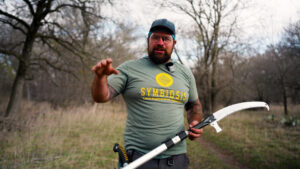
Seasonal Land Care in Central Texas: The Importance of Ecological Forestry in Winter
Ecoforestry is a sustainable land management approach that aligns forestry practices with ecological principles to maintain and restore healthy forest ecosystems. In Central Texas, timing forestry activities to coincide with seasonal conditions is crucial for promoting tree health and preventing diseases such as oak wilt. Conducting forestry work during winter and summer, when disease-spreading insects are less active, helps protect trees and supports biodiversity. Winter also offers advantages like cooler temperatures and better visibility due to leafless trees, making it an optimal time for tasks such as pruning, removing hazardous limbs, and improving land access. Implementing ecoforestry practices during these periods ensures the long-term health and resilience of Central Texas forests.
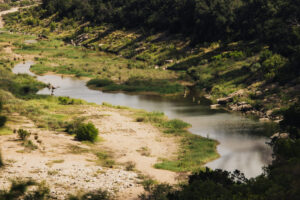
Texas Hill Country, The Rise, Fall, and Repair: Regenerative Agriculture in Texas
The connection between humans and the land is a cycle of both giving and taking—a relationship that shapes our lives every day and will continue
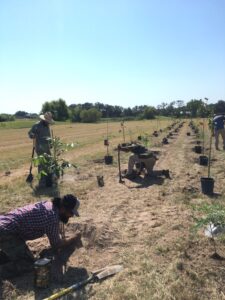
Planting 3,000 Trees: A Hopeful New Beginning in Texas
Our Client Named This Project Arborgasm In the heart of Texas, a former olive farm is getting a fresh start. This 78-acre piece of land,

How to Start Controlling Pests Organically
by Using Permaculture Principles in Your Garden After a long romance with the power of information technology, the modern world is turning it’s attention back

Turn Your Garden Into a Gourmet Pizzeria
What if the best pizza place ever is only steps away from your kitchen? What if the gourmet pizzeria you’ve been looking for is right

How To Prevent Toxic Landscaping (Roundup) In Your HOA
When I see anyone spraying the ground with a backpack sprayer, I always compliment them on how good their work looks and ask what it


